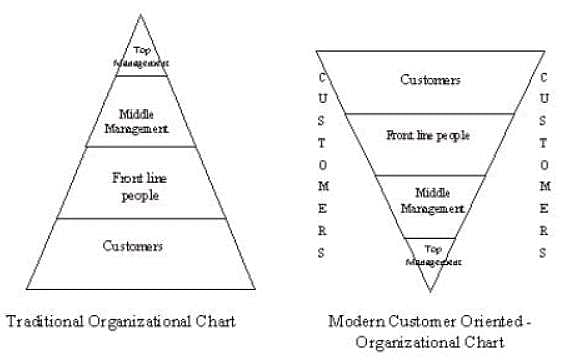TS SET Paper 2 Mock Test - 2 (Management) - TS TET MCQ
30 Questions MCQ Test TS SET Mock Test Series 2024 - TS SET Paper 2 Mock Test - 2 (Management)
Any hypothesis which is tested for the purpose of rejection under the assumption that it is true is called:
To take consistent decisions about store decor, product assortment, media, price and service levels and advertising messages, the marketer needs to
The success of marketing communication depends upon the extent to which messages engage their audiences. These audiences can be seen to fall into three main groups:
In the modern customer-organization chart, the entity at the top are _________
Green Marketing principles relates to ________
Match the following and select the code of correct matching:

Match the items/persons included in List - I with the items in List - II and indicate the correct code.

Ansoff’s matrix is a strategic marketing tool used to plan for:
The major methods of pretesting for evaluating advertising effectiveness are:
- Consumer feedback method
- Portfolio tests
- Laboratory tests
- Alpha tests
The time elapsed between two successive outputs from a process that is continuously operating in a given period of time is known as
Which objective is a consumer electronics company likely to set for its range of video recorders?
Degree of financial leverage is defined as :
The important macroeconomic aggregate(s) is/are:
In recent years, research has proved that culture has a tremendous impact on management practices. Which of the following is not a characteristic of Organizational Culture?
Which of the following are the branches of the classical theory of management?
(A) Scientific Management Theory
(B) Administrative Theory
(C) Bureaucracy Theory
(D) Human resource Theory
Choose the correct answer from the options given below:
Human Resources Development means:
(a) Human Resource Development is a process of enhancement of knowledge, skill and capacity building of people.
(b) There is a need for policy, planning and programs to develop human capacity in Human Resources Development.
(c) Human resources make individuals capable of improving the quality of life either individually or collectively.
Which of the statements(s) given above is/are incorrect?
In statistics, the spread of dispersion is described with the help of:
Identify the key features of qualitative research:
(A) Actual settings as the source of data
(B) Control, observe and measure as main operations
(C) Data take the forms of words or pictures
(D) Concerned with participant perspective
(E) Hypothesis making and hypothesis testing
Choose the most appropriate answer from the options given below:
If two commodities are complementary, then a rise in the price of one commodity will induce
Identify the correct sequence of control cycle.
Selection of specific media, where advertisements will be run and when they will be run, to reach the target market is called
Which fact is true about online marketing?
Price elasticity of demand for a product is measured by (Where Ed = elasticity of demand, Q = Quantity, P = Price and Δ = represents change)
Statement I: A mission statement states what the company hopes to become while a vision statement states what the company currently is.
Statement II: A vision statement mentions what to reach while a mission statement mentions how to reach.
Choose the correct option from those below:
The formation of a business unit by two or more firms together, characterized by shared ownership, risk, returns and governance, is called ______.
Which of the variables is not used by marketers for demographic segmentation?
Consider the following statements:
i. Brand equity is a function of brand awareness and brand preference.
ii. Product lines tend to shorten over time.
iii. The Standards of Weights and Measures (Packaged Commodities) Rules, 1977 provide for the labelling rules relating to packaged commodities.
iv. AIDA model is relevant to advertising as well as physical distribution.
Indicate the correct answer.
Which of the following is a challenge in which business marketers differ from the consumer marketers?
|
60 tests
|





















